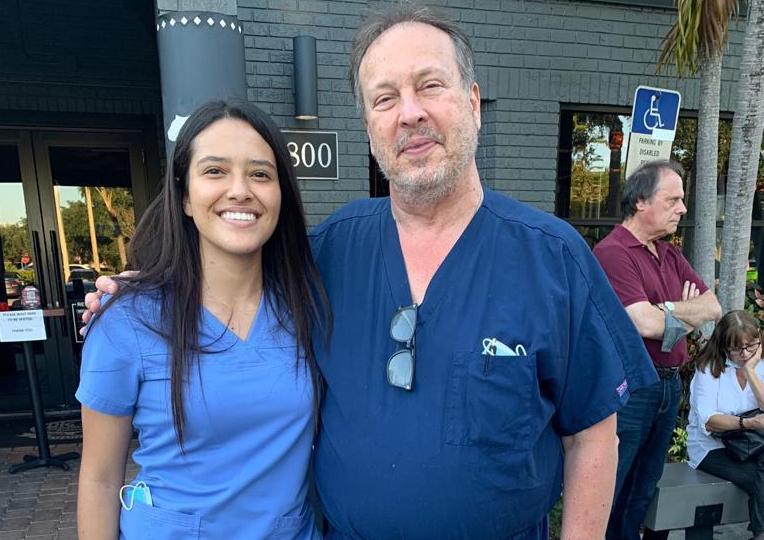Unlike medical schools’ deep-rooted relationships with rotation sites, nurse practitioner schools often do not have a practicum site network to draw on when placing students during their clinical years. This can leave students scrambling for one of the few sites available through their school or, more than likely, cold emailing anyone available to precept.
In 2021, the Online Journal of Issues in Nursing published a piece on the frustrations this leads to on the student side. Among those frustrations the piece notes are delayed graduation dates, added financial costs and the quality of practicum experience received.
With the current U.S. nursing shortage, the impetus is on nursing schools to expand enrollment and graduate new nurses into the workforce. However, while applications to nursing programs are on the rise, enrollment declined in 2024, reversing a 20-year trend. In 2024, nursing schools turned away more than 66,000 qualified applicants, according to the American Association of Colleges of Nurses, with a faculty shortage commonly cited as the main reason.
A Shared Obstacle: Behind the Precpetor Shortage
While the struggles faced around practicum education vary for students and schools, the underlying cause is the same: the NP preceptor shortage.
Despite more than 385,000 practicing NPs in the U.S., the roughly 28,000 NP students needing clinical training each year struggle to find a preceptor.
The last few years have seen a rise in studies conducted to better understand the NP preceptor shortage. Often these studies come to similar conclusions, with surveyed NPs citing reasons that range from workload and burnout, to organizational policies, to the perception of how teaching changes their jobs.
No matter the cause, the U.S. Bureau of Labor Statistics ranks nurse practitioner as the fastest growing healthcare field and the second fastest growing occupation over the next decade. While this creates an optimistic outlook for the future of the healthcare workforce, it will also ramp up the urgency for solutions to the NP preceptor shortage.
Bringing It All Together
In their 2023 investigation into the cause of the NP precpetor shortage, Queen Henry-Okafor, PhD, FNP-BC, PMHNP-BC, R. Duke Chenault, DNP, ACNP-BC, FNP-C, and Randall B. Smith, DNP, FNP-BC, an assistant professor and instructors, respectively, at Vanderbilt University’s School of Nursing posit a collaborative approach to resolving the preceptor shortage.
Rather than putting the impetus to grow NP preceptorship on anyone party, Okafor, Chenault, and Smith pose three main solutions that each party can take in their work, including: fostering partnerships, implementing recognition programs, and accommodate preceptor responsibilities.
At AMOpportunities, we agree in collaborative solutions to resolving NP training shortages. Here’s how we’re supporting both schools and preceptors in expanding their impact on NP education.
Working Between Schools and Sites
The request process is a burden for schools, students and sites. The competition for sites often leaves requests ignored, while for sites, the volume of requests is often overwhelming.
AMO works with preceptors to create an outline of program requirements while supporting schools’ search or site recruitment that meet their curricular criteria. This ensures both parties receive the learner/learning experience they need to meet organizational goals and a streamlined experience from request to practicum.
Rewards that Work
From creating mentorship opportunities to creating avenues to establish workforce pipeline development at your clinic, we work with preceptors to ensure that teaching is offset with a sense of reward.
Alleviating Administrative Workloads
Precepting implies administrative work that often cuts into patient-facing time and undermines the perceived value teaching can bring to both the precpetor and the profession.
AMO provides its preceptors and schools with a designated coordinator and software to alleviate student logistics, planning, and paperwork, returning more attention to teaching and patient care.
The NP field is at the early end of a decade that could see it revolutionize the healthcare field. That growht demands a revolutionary approach to how NPs are taught in clinics and throughout their practicum years.
Email nursing@amopportunities.org to connect with the AMO team and learn more about how you can become an NP preceptor or utilize AMO to grow your school’s site network.







Leave A Comment